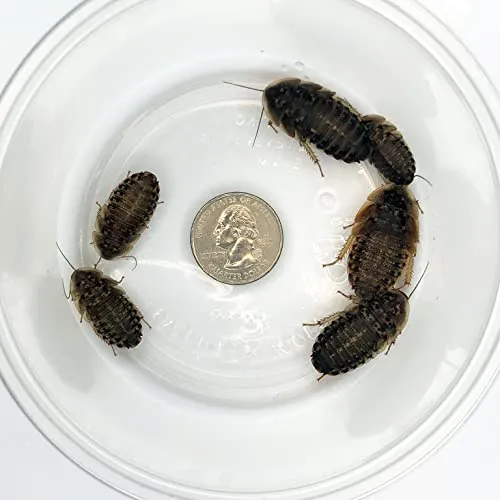What Is a Curly Hair Tarantula (and Why Should You Care)
The Curly Hair Tarantula, scientifically known as Tliltocatl albopilosus, is a popular choice for both beginner and experienced tarantula keepers. Their docile temperament, striking appearance, and relatively low maintenance requirements make them an appealing pet. This guide will delve into everything you need to know to provide the best possible care for your Curly Hair Tarantula, ensuring a long and healthy life for your eight-legged friend. Understanding their needs is the first step toward responsible pet ownership. By following these guidelines, you can create a thriving environment where your tarantula can flourish. From enclosure setup to feeding and handling, we will cover all aspects of Curly Hair Tarantula care, providing you with the knowledge and confidence to be a successful tarantula keeper.
Understanding the Curly Hair Tarantula
Appearance and Characteristics
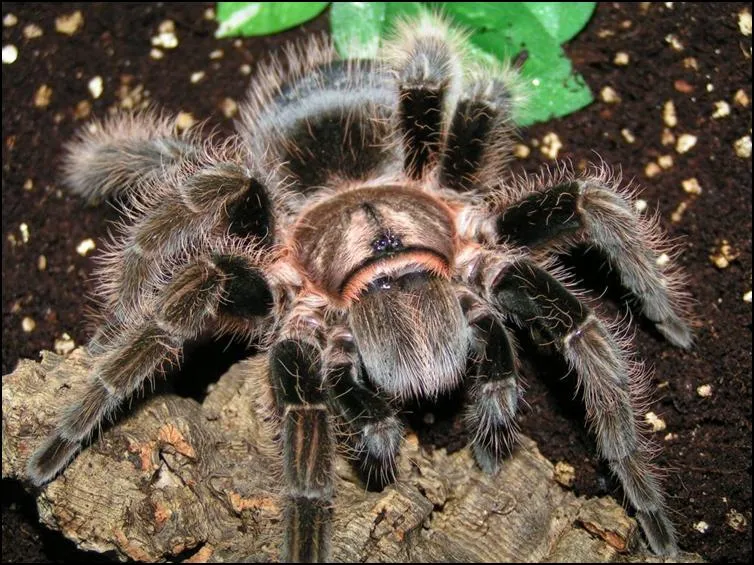
Curly Hair Tarantulas are renowned for their distinctive appearance. They typically range from 5 to 6 inches in leg span. Their bodies are covered in dark brown to black hairs, while their legs boast a unique covering of lighter, curly hairs, giving them their namesake. This species has a robust build and a generally calm demeanor, which further contributes to their popularity as pets. Their lifespan can extend for many years, with females often living for 10-20 years or more, while males typically live shorter lives, around 5-10 years. The unique coloration and gentle disposition make them fascinating creatures to observe and care for.
Habitat and Natural Behavior
Native to the rainforests of Costa Rica, the Curly Hair Tarantula is a terrestrial species, meaning they primarily live on the ground. In their natural habitat, they create burrows or seek shelter under logs, rocks, and within leaf litter. These tarantulas are generally nocturnal, becoming most active during the evening and night. They are opportunistic hunters, feeding on insects and other invertebrates. Their natural environment is humid and warm, factors that must be replicated to ensure their well-being in captivity. Understanding their natural behavior helps in providing an appropriate and enriching environment for your pet tarantula.
Setting Up the Perfect Curly Hair Tarantula Enclosure
Choosing the Right Enclosure Size
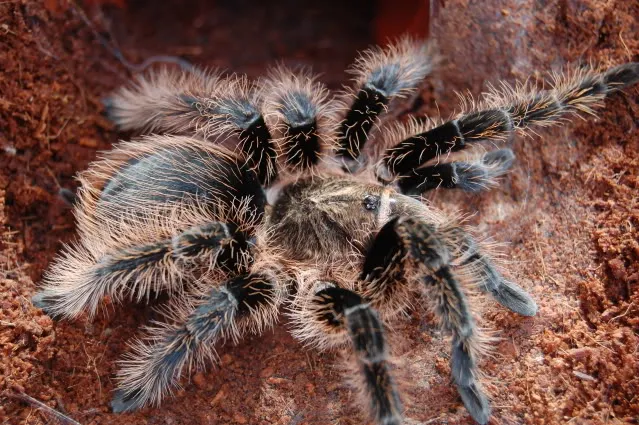
The size of the enclosure is critical for the well-being of your Curly Hair Tarantula. A good starting point is a 10-gallon terrarium for juveniles, gradually increasing the size as your tarantula grows. For adult specimens, a 20-gallon long terrarium is often adequate. The enclosure should be wide enough to allow the tarantula to move comfortably and long enough to provide ample space for burrowing and exploring. Avoid enclosures that are too tall, as a fall from a height could injure the tarantula. Always prioritize horizontal space over vertical space to meet the natural behavior of the tarantula.
Substrate Selection for Optimal Burrowing
The substrate, or bedding, in your tarantula’s enclosure should mimic their natural habitat. A substrate that allows for burrowing is ideal. A mixture of coconut fiber (coir), peat moss, and a small amount of vermiculite is often recommended. This combination provides good moisture retention, allows for burrowing, and helps maintain the necessary humidity levels. The substrate depth should be at least 4-6 inches deep to facilitate burrowing behavior. Ensure the substrate is free from pesticides and other harmful chemicals. Regularly monitor the substrate for cleanliness and replace it as needed to maintain a healthy environment.
Maintaining Temperature and Humidity
Maintaining the correct temperature and humidity is essential for your Curly Hair Tarantula’s health. The ideal temperature range is between 75-85°F (24-29°C). You can use a heat mat or a low-wattage heat lamp to maintain this temperature, but always place the heat source on one side of the enclosure to create a thermal gradient. This allows the tarantula to regulate its body temperature. Humidity levels should be kept between 60-70%. You can monitor humidity with a hygrometer. To maintain humidity, lightly mist the enclosure with dechlorinated water every few days, avoiding over-saturation. Ensure good ventilation to prevent mold growth.
Essential Equipment Terrarium

Along with the enclosure, the correct equipment is essential. Include a shallow water dish with fresh, clean water at all times. A hide, such as a piece of cork bark or a half-log, provides a secure place for your tarantula to retreat. Live or artificial plants can also be added to create a more natural environment, but ensure they are non-toxic. A thermometer and hygrometer are necessary to monitor temperature and humidity accurately. Consider adding a small dish for feeding the tarantula to avoid scattering the insects. All equipment must be securely placed and the enclosure must have a secure lid to prevent escapes. Always keep the terrarium away from direct sunlight.
Feeding Your Curly Hair Tarantula a Healthy Diet
Appropriate Food Items (and What to Avoid)
Curly Hair Tarantulas are insectivores, meaning they primarily eat insects. Suitable food items include crickets, mealworms, dubia roaches, and earthworms. The size of the prey should be appropriate for the size of your tarantula; typically, the prey should be no larger than the tarantula’s body. Avoid feeding your tarantula wild-caught insects, as they may carry parasites or pesticides. Always ensure the insects are gut-loaded with nutritious food before feeding them to your tarantula, providing essential nutrients. Avoid feeding them vertebrate prey, like mice, unless under special circumstances, as this is not a necessary part of their diet.
Feeding Frequency and Portion Control
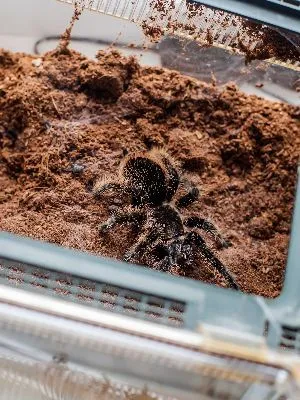
Juvenile tarantulas should be fed more frequently than adults, usually 2-3 times a week. Adult tarantulas can be fed once a week, or even less frequently. Observe your tarantula’s behavior; if it consistently refuses food, it may be preparing to molt. Remove any uneaten prey within 24 hours to prevent stress and potential injury to the tarantula. Overfeeding can lead to health problems, so portion control is essential. Ensure fresh water is always available. The feeding schedule should be adjusted according to the tarantula’s age, size, and overall condition.
Water and Hydration
Providing fresh water is vital for your Curly Hair Tarantula’s hydration. Use a shallow water dish that the tarantula can easily access. The water should be clean and dechlorinated. Change the water regularly, typically every 1-2 days, to prevent the growth of bacteria and ensure the water’s cleanliness. In addition to a water dish, you can mist the enclosure lightly to maintain humidity. Observe your tarantula’s behavior. If it appears dehydrated, increase misting frequency and ensure the water dish is readily available. Proper hydration is vital for molting and overall health.
Handling and Interaction
How to Handle Your Tarantula Safely
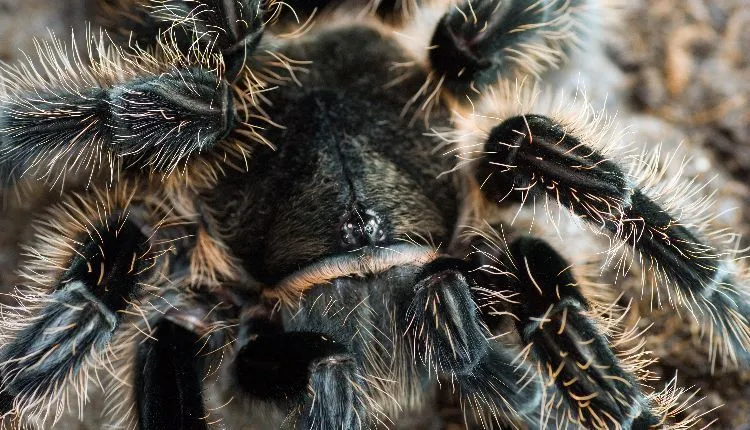
Handling a Curly Hair Tarantula should be done with caution, as even the most docile tarantulas can be unpredictable. If you choose to handle your tarantula, do so close to the ground or a soft surface to minimize the risk of injury if it falls. Always handle them gently and avoid sudden movements, which can startle the tarantula. Use a soft brush to gently guide your tarantula if needed. Washing your hands before and after handling the tarantula is important. Always prioritize the tarantula’s safety, and it’s usually best to admire them from within their enclosure.
Recognizing and Avoiding Stress
Tarantulas can experience stress, which can impact their health and well-being. Signs of stress include erratic movements, refusal to eat, and excessive hiding. Avoid stressing your tarantula by providing a secure environment, maintaining proper temperature and humidity, and avoiding loud noises or sudden movements. Make sure the enclosure is not overcrowded and provides enough hiding places. Minimize handling and observe the tarantula’s behavior regularly. Creating a calm and consistent environment will help reduce stress and allow your tarantula to thrive. Providing a proper habitat and diet is crucial.
Common Health Issues and How to Address Them
Identifying and Treating Common Ailments
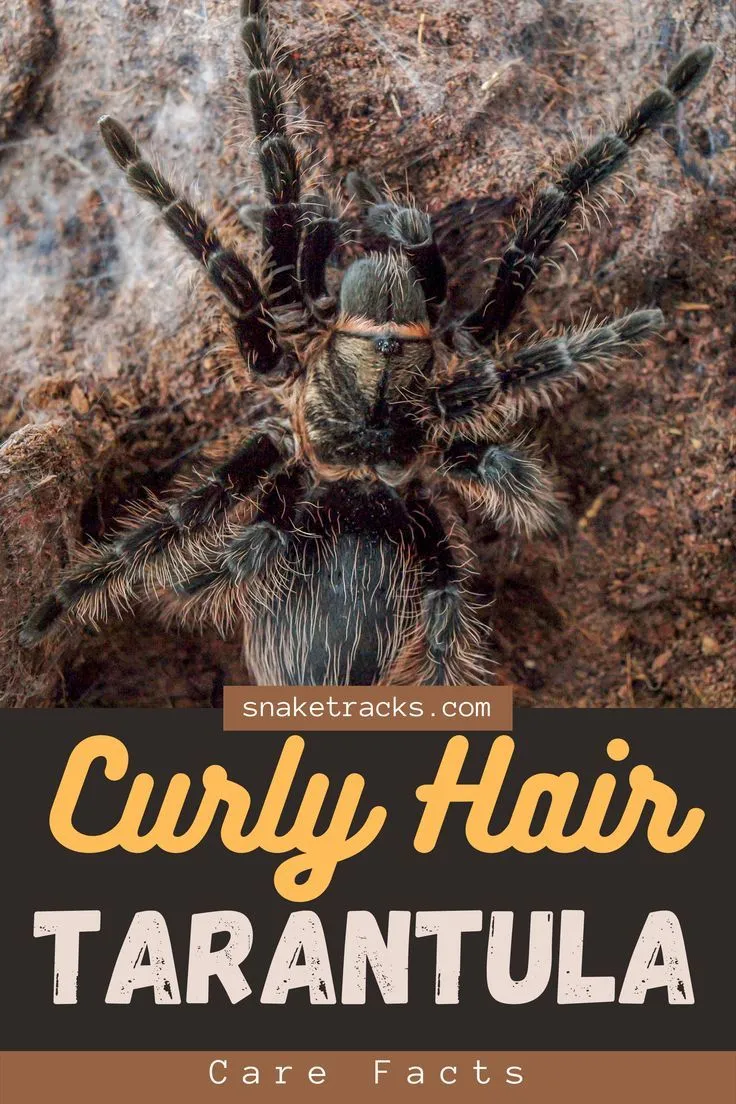
Although generally hardy, Curly Hair Tarantulas can be susceptible to certain health issues. Some common problems include mites, fungal infections, and injuries during molting. Mites can often be identified as small, moving specks on the tarantula or its enclosure. If you spot mites, quarantine the tarantula and thoroughly clean the enclosure. Fungal infections can occur in overly humid environments; ensure adequate ventilation to prevent these issues. Injuries during molting can be minimized by providing a suitable substrate and a stress-free environment. If you notice any health concerns, consult a veterinarian experienced in exotic pets for advice and treatment.
Preventative Care and Regular Checkups
Preventative care is crucial for maintaining your Curly Hair Tarantula’s health. Regularly inspect the enclosure for signs of disease or parasites. Monitor the tarantula’s eating habits, activity level, and overall appearance. Ensure the enclosure is kept clean and well-maintained. Quarantine new tarantulas before introducing them to other tarantulas to prevent the spread of diseases. Regular checkups are best practice. By taking proactive measures, you can minimize potential health problems and provide your tarantula with a longer, healthier life. Consult with a veterinarian experienced in exotic animals if you have any concerns about your tarantula’s health.
Long-Term Care and Maintenance
Enclosure Cleaning and Maintenance
Regular enclosure cleaning and maintenance are essential for a healthy tarantula. Spot-clean the enclosure weekly, removing any uneaten food, molted exoskeletons, and other waste. Change the substrate every 6-12 months, or more frequently if it becomes soiled. Always wash your hands thoroughly before and after handling the enclosure or its contents. Clean the water dish and any other decor regularly. Proper sanitation helps prevent the buildup of bacteria, fungi, and other harmful organisms. Routine maintenance extends the lifespan of the tarantula, and a clean enclosure helps prevent illnesses.
Understanding Molting and Growth
Molting is a natural process where tarantulas shed their exoskeletons to grow. During this process, the tarantula will typically stop eating and may hide away. Provide a moist environment and avoid disturbing the tarantula during molting. After molting, the tarantula’s new exoskeleton will be soft, so avoid feeding it for a week or so to allow it to harden fully. The frequency of molting decreases as the tarantula ages. A properly molted tarantula is a sign of a healthy environment. Always be patient and avoid handling the tarantula during and immediately after molting to protect its soft, vulnerable new exterior.
Breeding Curly Hair Tarantulas (Optional)
Is Breeding Right for You
Breeding Curly Hair Tarantulas is an advanced undertaking, and it’s important to consider the complexities. It requires specialized knowledge, appropriate facilities, and a significant commitment of time and resources. You’ll need to be prepared to care for spiderlings. Breeding can be rewarding, but it is not a beginner’s activity. Before deciding to breed, educate yourself thoroughly, and ensure you have the necessary resources and space. Understanding the lifecycle and requirements for spiderlings is crucial. The responsibility of breeding goes beyond simply mating tarantulas; it involves considerable care.
The Breeding Process
If you choose to breed, you will need to introduce a mature male and female tarantula, ensuring they are of breeding age. The male may be at risk of being eaten by the female after mating, so monitor them carefully. If successful, the female will lay an egg sac containing hundreds of eggs. Keep the egg sac in a warm, humid environment, and the spiderlings will hatch. Provide proper care and housing for the spiderlings and separate them to avoid cannibalism as they grow. The breeding process is complex and requires patience and knowledge. Thorough research is crucial for anyone considering breeding Curly Hair Tarantulas.
Conclusion
Caring for a Curly Hair Tarantula can be a fulfilling experience. By following the guidelines in this guide, you can create a healthy, enriching environment for your pet. Remember to research, observe your tarantula’s behavior, and address any concerns promptly. With proper care, your Curly Hair Tarantula can thrive for many years, providing you with hours of fascination and enjoyment. A well-cared-for tarantula reflects your commitment as a responsible pet owner. Embrace the journey of tarantula keeping, and appreciate the unique beauty of these amazing creatures. Enjoy the privilege of being a part of your tarantula’s life!
